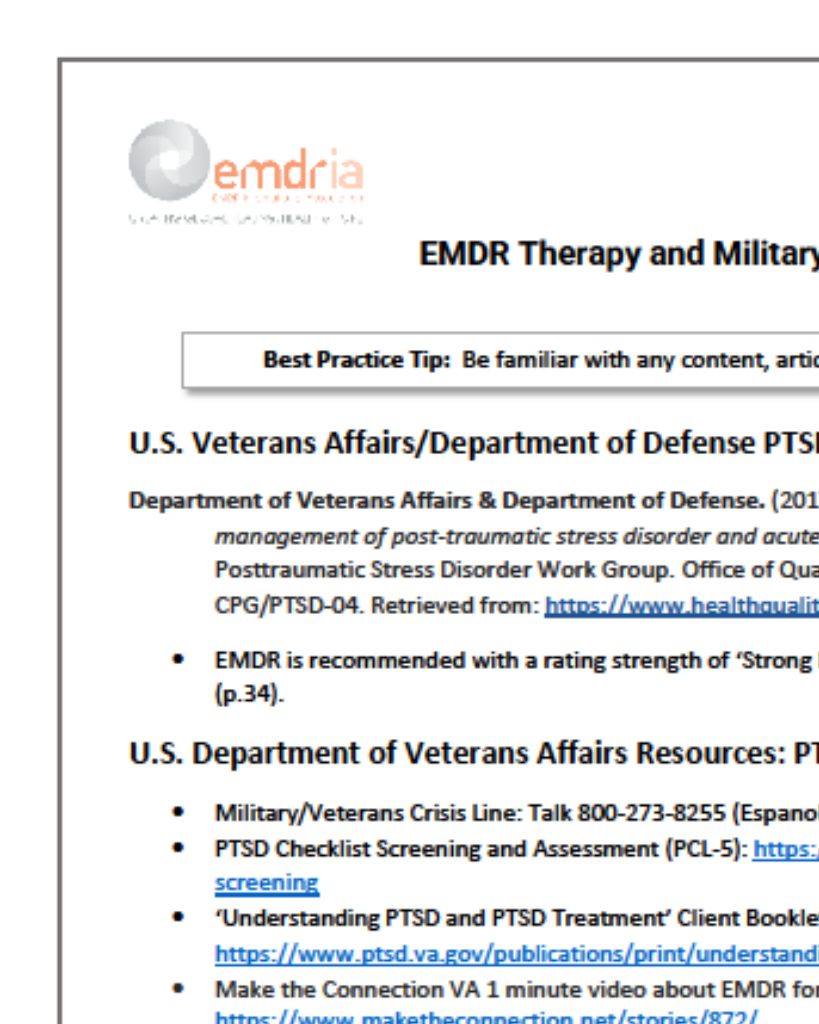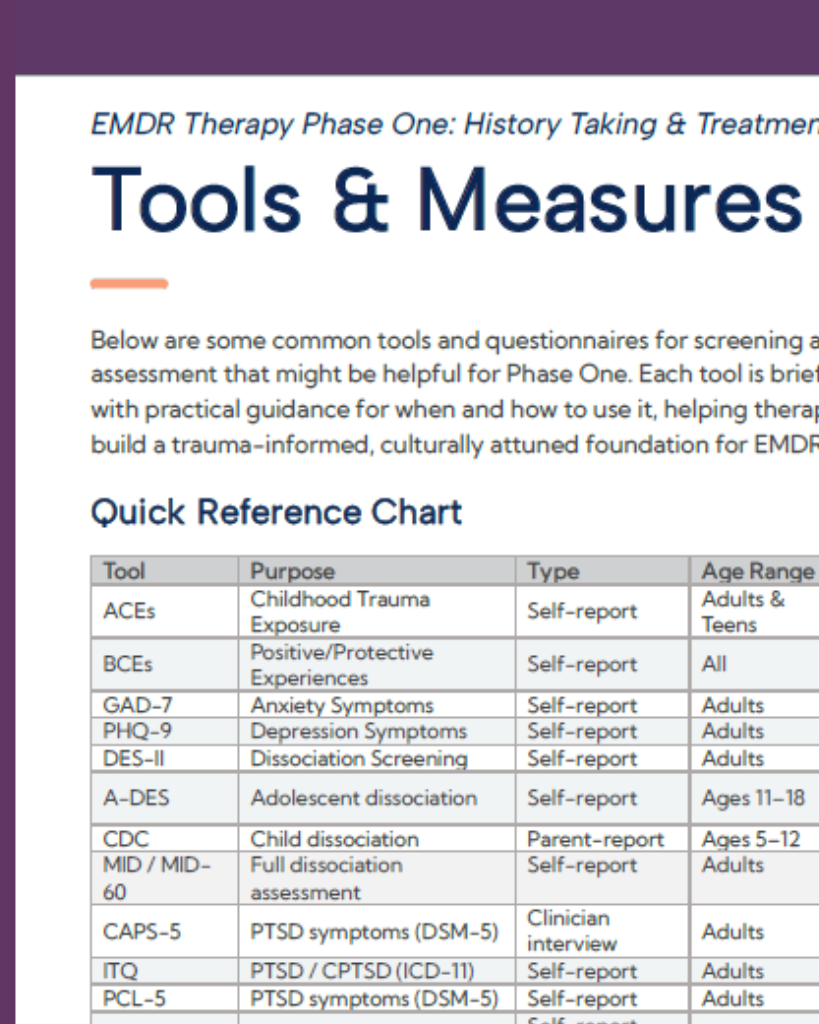Good vibrations: Bilateral tactile stimulation decreases startle magnitude during negative imagination and increases skin conductance response for positive imagination in an affective startle reflex paradigm
Testing the physiological and psychological mechanisms of bilateral stimuli while recalling traumatic memories in healthy subjects.
Article Abstract
“Objectives: Applying bilateral stimuli while recalling traumatic memories is a technique used in Eye Movement Desensitization and Reprocessing Therapy (EMDR), a well-established treatment of posttraumatic stress disorder. The component of bilateral stimulation is the supposed impact factor of this method. For expanding the knowledge of the underlying physiological and psychological mechanisms, healthy subjects performing an imagination task were observed, and different types of stimulation and different types of measurement methods were compared.
Methods: A non-clinical sample of 30 healthy volunteers was confronted with imagination scripts of varying valence while bilateral tactile stimuli were applied. Monolateral tactile stimulation and no stimulation served as control conditions. Startle reflex and skin conductance responses were used for physiological reactions, while the Self-Assessment Manikin was used as subjective measure.
Results: The results clearly demonstrate that bilateral tactile stimulation has benefits compared to no stimulation: Startle reflex during negative imagination was reduced, and skin conductance response (i.e. attention) for positive imagination was increased. These findings correlated with a reduced level of distress for negative scripts and an increased arousal for positive scripts. Monolaterally, no influence on subjective experience but unspecific physiological effects were found.
Conclusions and significance: The study is the first to demonstrate a valence-dependent startle-reducing and attention-increasing effect of bilateral tactile stimulation using objective physiological measures. Further studies including a clinical sample are necessary to validate the findings.”
—Description from publisher
Article Access
Purchase/Subscription Required
Reichel, V., Sammer, G., Gruppe, H., Hanewald, B., Garder, R., Bloß, C., & Stingl, M. (2021). Good vibrations: Bilateral tactile stim1ulation decreases startle magnitude during negative imagination and increases skin conductance response for positive imagination in an affective startle reflex paradigm. European Journal of Trauma & Dissociation, 5(3). https://doi.org/10.1016/j.ejtd.2020.100197
Note: article is listed as “Good vibrations: Bilateral tactile stim1ulation decreases startle magnitude during negative imagination and increases skin conductance response for positive imagination in an affective startle reflex paradigm” in Elsevier.
Date
September 1, 2021
Creator(s)
Valeska Reichel, Gebhard Sammer, Harald Gruppe
Contributor(s)
Bernd Hanewald, Roman Garder, Christina Bloß, Markus Stingl
Practice & Methods
Mechanisms of Action
Publisher
Elsevier
Rights
© 2021 Elsevier Masson SAS. All rights reserved.
APA Citation
Reichel, V., Sammer, G., Gruppe, H., Hanewald, B., Garder, R., Bloß, C., & Stingl, M. (2021). Good vibrations: Bilateral tactile stim1ulation decreases startle magnitude during negative imagination and increases skin conductance response for positive imagination in an affective startle reflex paradigm. European Journal of Trauma & Dissociation, 5(3). https://doi.org/10.1016/j.ejtd.2020.100197
Audience
EMDR Therapists, Other Mental Health Professionals
Language
English
Content Type
Article, Peer-Reviewed
Access Type
External Resource





